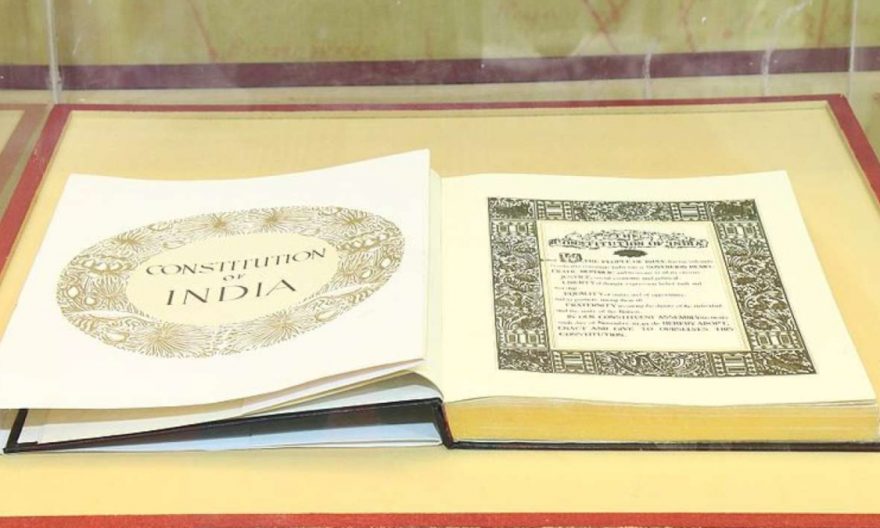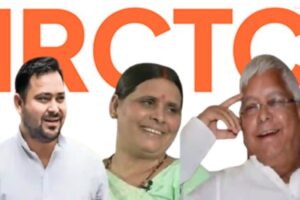
INTRODUCTION
Amidst what is written and said, sometimes there exists a silence which is more significant. The term ‘Constitutional silence’ has been extensively discussed by Lawrence H. Tribe in his celebrated work ‘Invisible Constitution’. In his words contrary to the belief of many, the impact and extent of a written constitution is not very compelling. He further says that many principles which form the constitutional bedrock of America never made it to the text of the nation’s Constitution. Therefore, silence can be comprehended as giving voice to what was left unwritten when the Constitution was drafted and enacted. But these interpretations would never have been rejected by the makers of this hallowed document. Various scholars have described these silences as ‘gaps and abeyances’ and consider it a method of adjudication. In his book ‘The Silence of Constitutions’ Michael Foley calls these abeyances as valuable. These silences are a gold mine because they play a significant role in determining the role of the Constitution as much as the codified components. According to Martin Loughlin, the administration’s desire to remove uncertainties will smother the silences of the Constitution. It is important to appreciate silences because if the silence is done away with a sword of Damocles will hang over the Constitutionalism.
CONSTITUTIONAL SILENCES IN THE INDIAN CONSTITUTION
In words of Justice Benjamin Cardozo, “the generalities of Constitution have a context and a significance that vary from age to age.” The silence in some areas is deliberate. Gaps should simply not be seen as a void space. The Constitution of India is called ‘a living tree’ because it evolves, grows and is capable of adapting itself to the needs and wants of the country. The idealistic and perfectionist approach makes the Constitution a ramrod. Ours is a transformative Constitution therefore the silences are imperative.
The Constitution has been silent on a lot of issues but through judicial interpretation a lot of new rights have emanated. The ambit of the term ‘other authorities’ in Article 12 has expanded leaps and bounds over the years. In the landmark case of Sukhdev Singh v Bhagatram Sardar Singh Raghuvanshi, ONGC, LIC and IFC were included in the definition of state.
Article 14 was incorporated to bestow upon the citizens the right to equality and equal protection of law. Now it encompasses the test of ‘manifest arbitrariness’ and every law that is formulated has to be tested on this whetstone. The inclusion of right to press under Article 19(1)(a) is another example. There was a difference in the views of the framers regarding its status. The Constitution remained silent on this so that the future generations can choose to incorporate it if the need be.
Similarly, the Supreme Court of India through its trailblazing judgements has given new dimensions to the Article 21 whose meaning was once constricted only to mere physical existence and personal liberty. Aspects like dignity, education, livelihood, food, shelter, fair trial etc. have been incorporated under the umbrella of ‘life and liberty’. Although these words were nowhere mentioned in the Article but they were the need of the hour. Recently through the K. S. Puttaswamy (Retd.) v Union of India, the right to privacy became an inalienable part of ‘life and liberty’.
Article 156 lays down that the governor enjoys his office at the pleasure of the President. His removal cannot be on whimsical grounds. Doctrine of pleasure is subjected to the principles of Constitutionalism. In B.P Singhal v Union of India, a Constitutional bench laid down certain principles which restrict the removal of governor purely at the will of the President. The reasons for removal have to be compelling. The Articles of the Constitution dealing with the assent by President or Governor to a bill does not stipulate a fixed time period. Only because the constitution is silent it does not mean that one can act capriciously. It has to be done in a reasonable time.
The Basic Structure Doctrine itself was a result of interpretation of this silence by the Supreme Court. The recent examples of the same include the wide interpretation given to the definition of ‘sex’ to include the third gender in the National Legal Services Authority v Union of India. These are a few examples where though the Constitution is silent but the sounds of silence can still be heard. These silences should be filled with constitutional morality and by developing proper conventions and the legislature and the judiciary have been entrusted with this responsibility.
CONCLUSION
The Constitution itself is incapable of speaking like an oracle but its voice can be heard through various judicial interpretations. These silences also enable the legislature to amend the Constitution as per the changing socio-political dynamics of the country. It is not merely the fundamental law of the land meant for doing away with the existing conflicts within a law. Rather it is a document in which the spirit of the nation pulsates. Therefore, the framers of the Constitution left it for the generations to come to interpret the document as per the changing time and much of success can be accorded to these blanks within the Constitution. To conclude the author would like to quote the immortal sentiments of Hidayatullah J. where he says, “more freedom exists in interpreting of Constitution because in domain of Constitutional law there is again and again novelty of situation and approach.”
The post THE CONSTITUTION OF INDIA: SPEECH IS SILVER, BUT SILENCE IS GOLDEN appeared first on The Daily Guardian.




